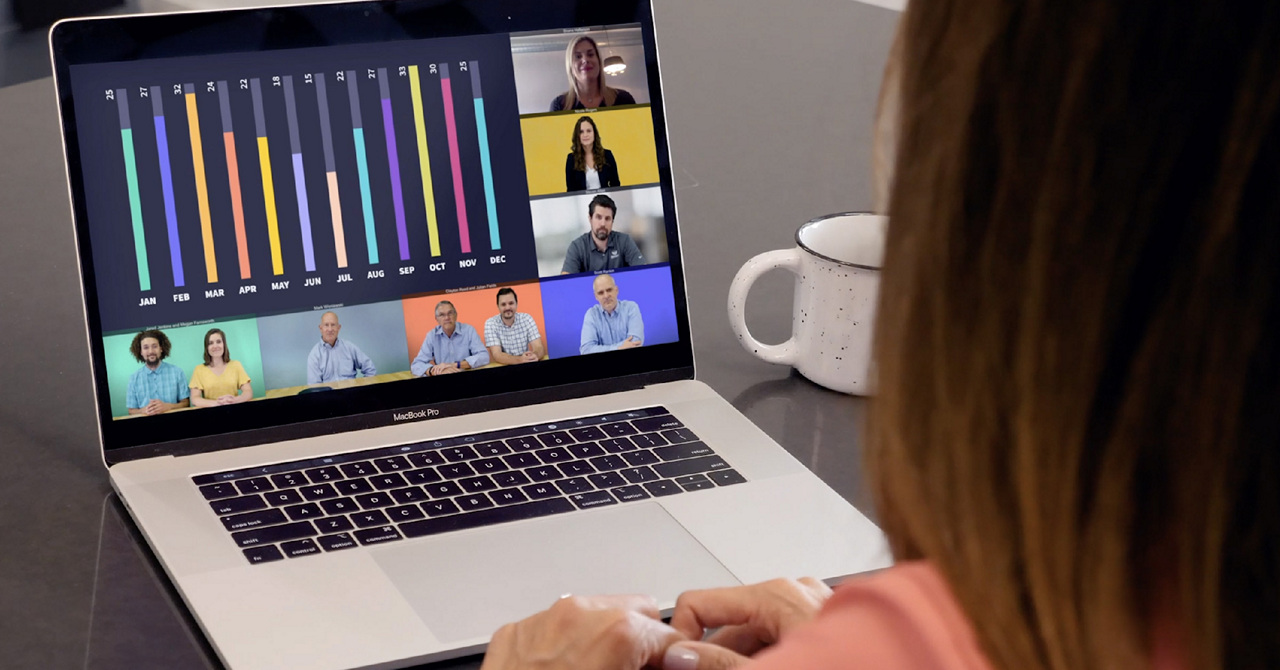Due to the higher utilization of distance learning, the physical component of learning is often forgotten. Social networking platforms, including Facebook and Twitter, thrive on the use of brief bursts of content, compressed versions of full-words, and completely formed phrases and opinions. While these services are not used in classroom settings, we must understand that students often use those websites on a daily basis, and the way they read and write is drastically evolving.
However, tests have shown largely beneficial effects of Distance Learning in regard to English Language Learning. It is worth remembering that the accomplishment of positive outcomes is the product of a number of common elements. It is virtually difficult to completely research a foreign language by using standard distance learning (DL), i.e., lacking face-to-face assistance. The existence of live contact with an instructor as well as other students in order to have full speech experience is mandatory. Having a good online
English tutor in Brisbane, for instance, can help you learn English not needing to go to Australia for face-to-face communication, and it is also essential during these pandemic times.
Distance Learning

When conducting distance learning in foreign languages, it was observed that classroom environments do not meet the basic requirements for the learning process of foreign English teachers. Distance learning, also known as distance education,
e-learning, and virtual education, a mode of schooling that includes the physical isolation of students and teachers during teaching, including the use of different tools to promote student-teacher as well as student-student contact.
Process of Distance English Learning

When the Internet erases the line between close and far, distance learning is poised to change the existing educational system. Including everything from
AI-driven learning systems to basic internet forums, there are more ways than ever to practice what is essential to be known. Although professional educators will strive to remain an indispensable part of any student’s life, technology will fill the space between teaching and learning. Distance learning is now part of the services of many universities and is likely to become an ever-bigger part of the education field.
While there is a wide range of approaches (and teaching) opportunities online, there are several forms that are well served by current programs and proven pedagogy. They are explained below:
Video Conferencing

A typical approach for teachers to engage in live lessons directly with pupils. This may be a one-on-one experience or a class-like situation in which many pupils are living with a tutor.
Synchronous Learning
This is when students study together (and sometimes at the same location) but the teacher is at another spot. It also includes
video conferencing that remotely links instructors and students.

Asynchronous Learning
The format is less linked to a specific time, or schedule but therefore less limited. Instead of live online classes, students are assigned time-limited learning activities. They then engage in self-study to fulfill the tasks.
No related posts.
 When conducting distance learning in foreign languages, it was observed that classroom environments do not meet the basic requirements for the learning process of foreign English teachers. Distance learning, also known as distance education, e-learning, and virtual education, a mode of schooling that includes the physical isolation of students and teachers during teaching, including the use of different tools to promote student-teacher as well as student-student contact.
When conducting distance learning in foreign languages, it was observed that classroom environments do not meet the basic requirements for the learning process of foreign English teachers. Distance learning, also known as distance education, e-learning, and virtual education, a mode of schooling that includes the physical isolation of students and teachers during teaching, including the use of different tools to promote student-teacher as well as student-student contact.
 When the Internet erases the line between close and far, distance learning is poised to change the existing educational system. Including everything from AI-driven learning systems to basic internet forums, there are more ways than ever to practice what is essential to be known. Although professional educators will strive to remain an indispensable part of any student’s life, technology will fill the space between teaching and learning. Distance learning is now part of the services of many universities and is likely to become an ever-bigger part of the education field.
While there is a wide range of approaches (and teaching) opportunities online, there are several forms that are well served by current programs and proven pedagogy. They are explained below:
When the Internet erases the line between close and far, distance learning is poised to change the existing educational system. Including everything from AI-driven learning systems to basic internet forums, there are more ways than ever to practice what is essential to be known. Although professional educators will strive to remain an indispensable part of any student’s life, technology will fill the space between teaching and learning. Distance learning is now part of the services of many universities and is likely to become an ever-bigger part of the education field.
While there is a wide range of approaches (and teaching) opportunities online, there are several forms that are well served by current programs and proven pedagogy. They are explained below:
 A typical approach for teachers to engage in live lessons directly with pupils. This may be a one-on-one experience or a class-like situation in which many pupils are living with a tutor.
A typical approach for teachers to engage in live lessons directly with pupils. This may be a one-on-one experience or a class-like situation in which many pupils are living with a tutor.

